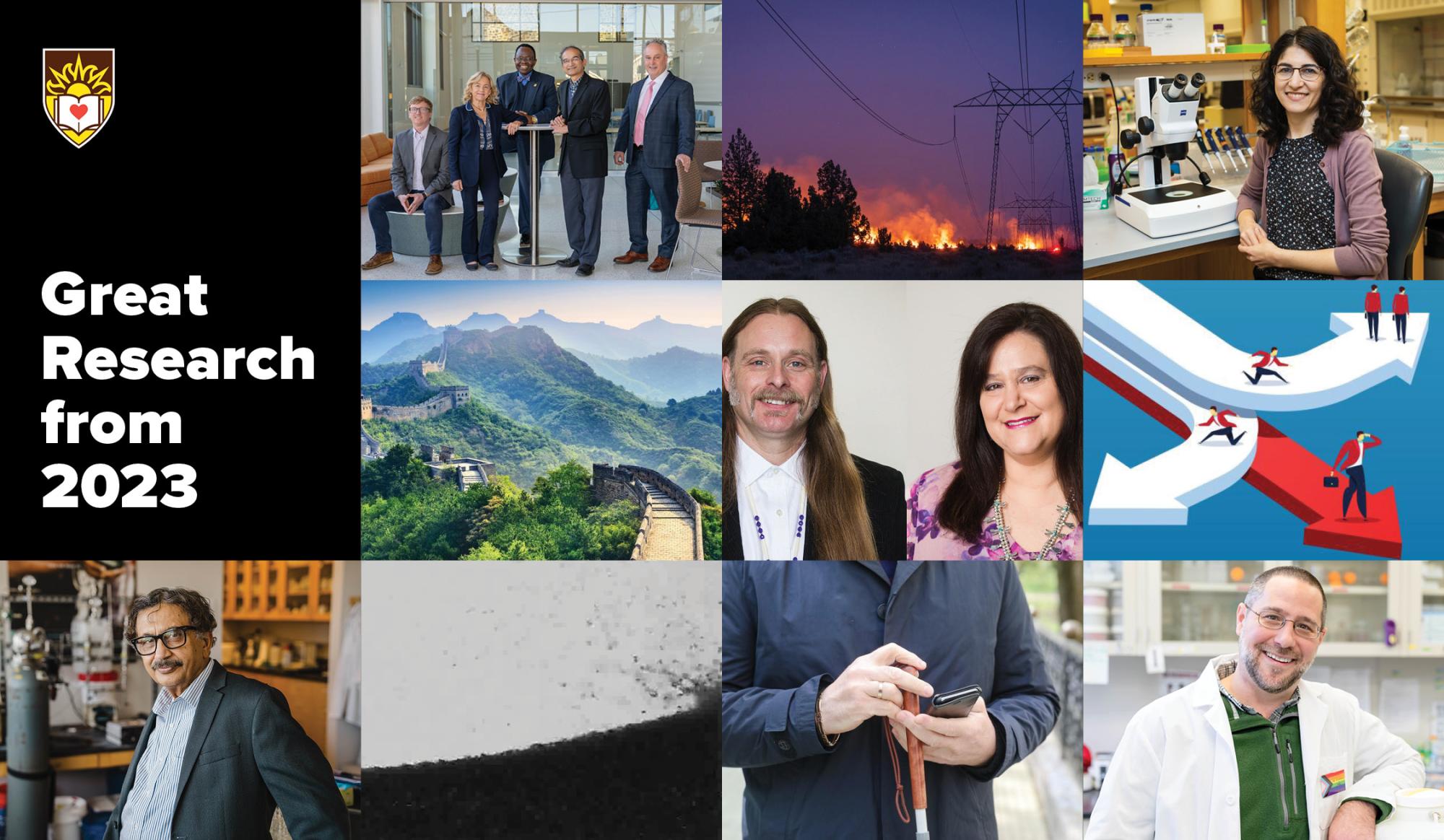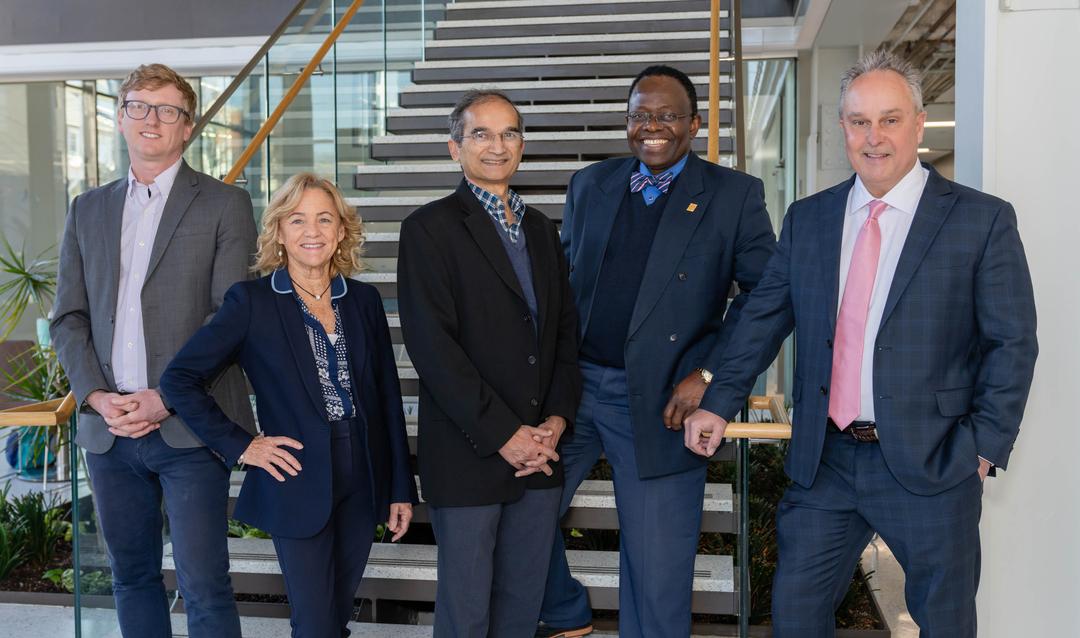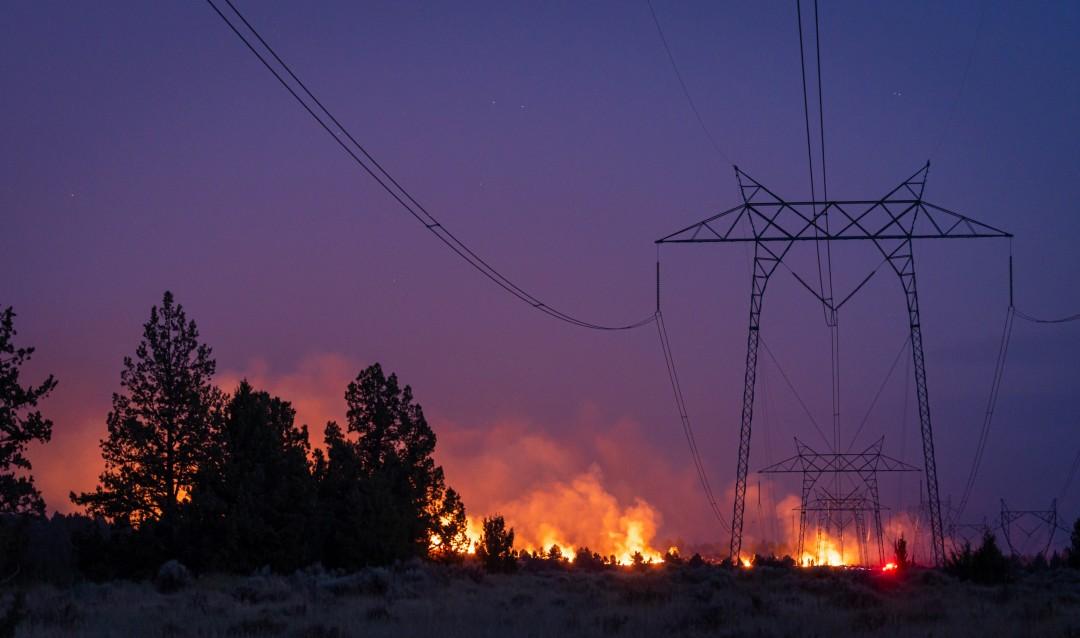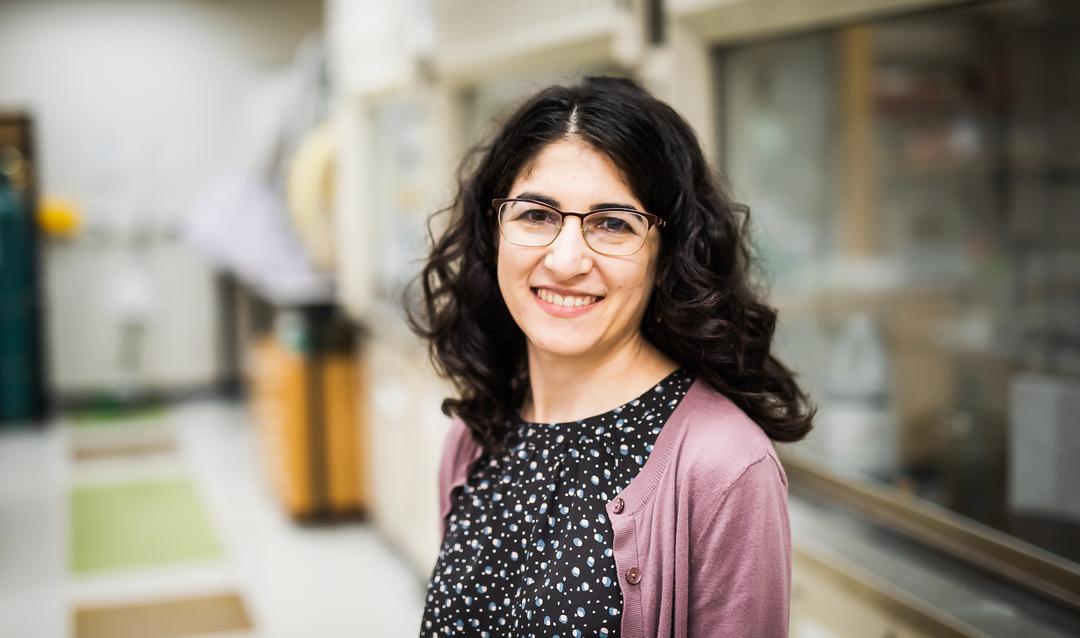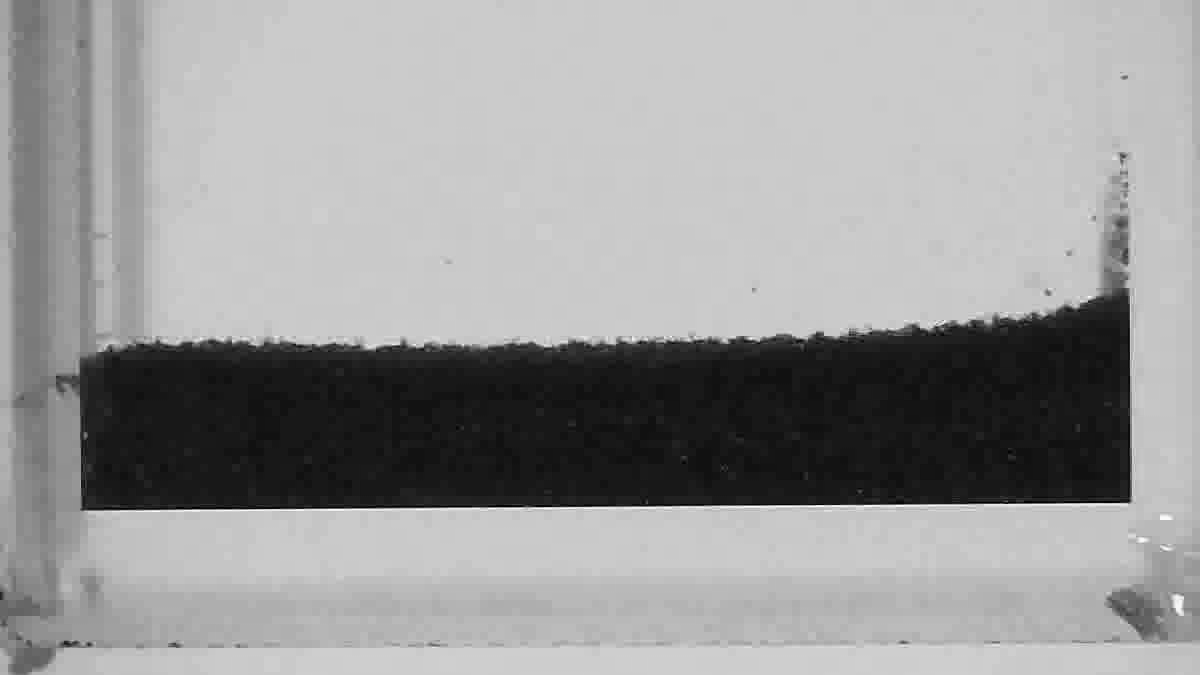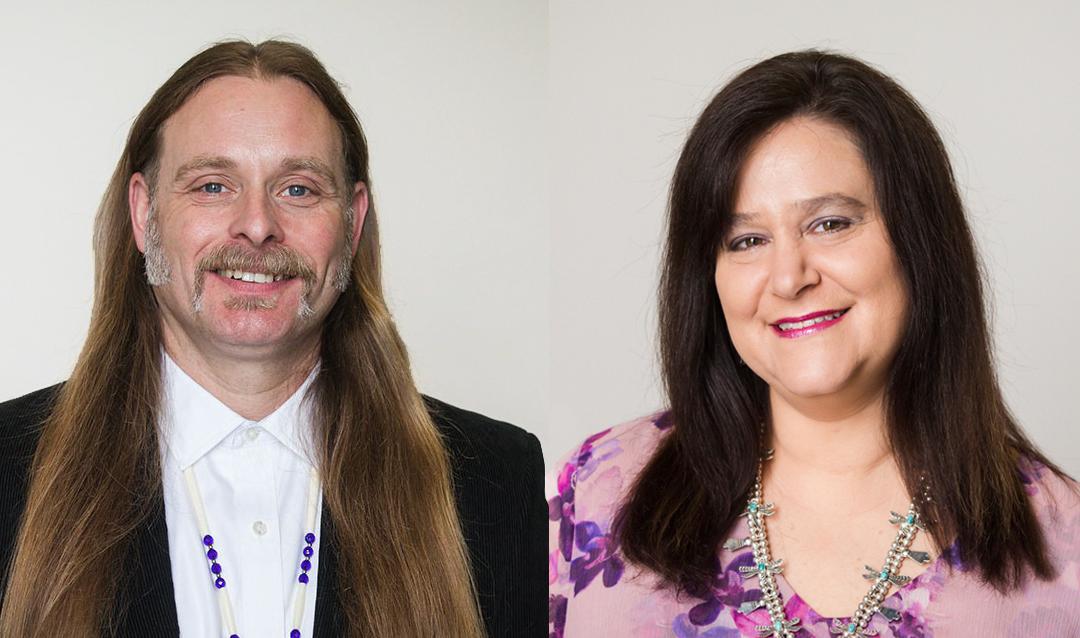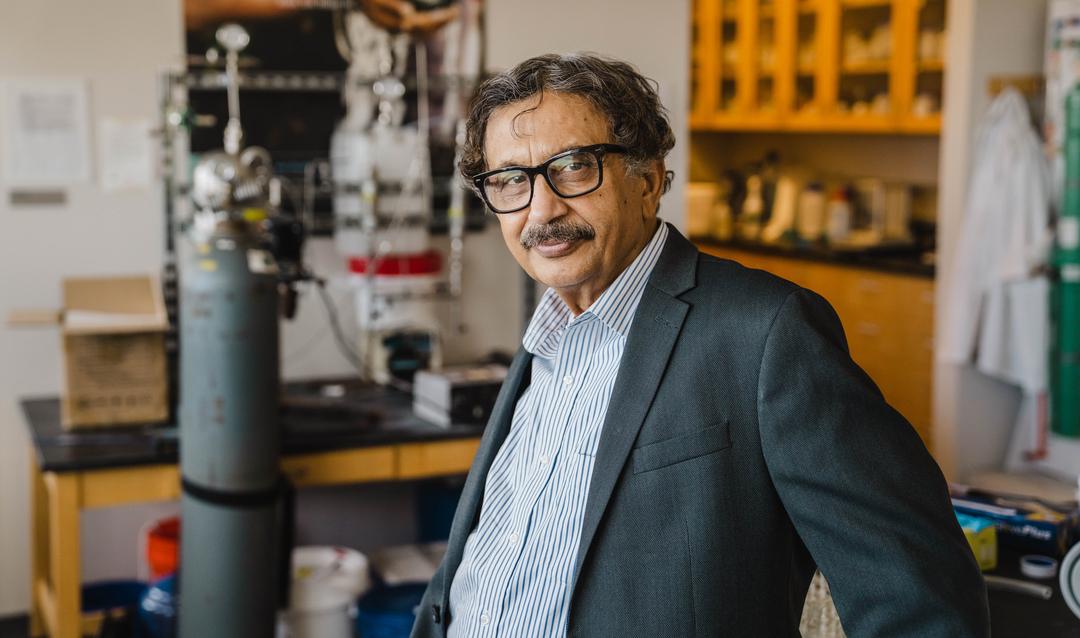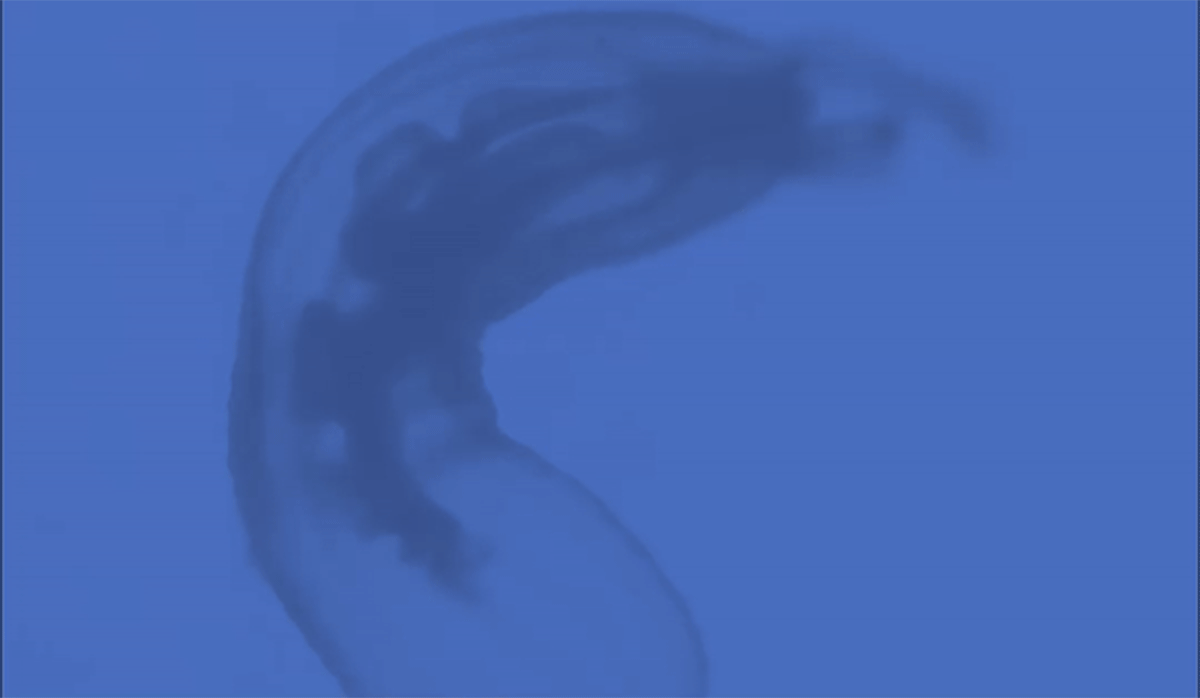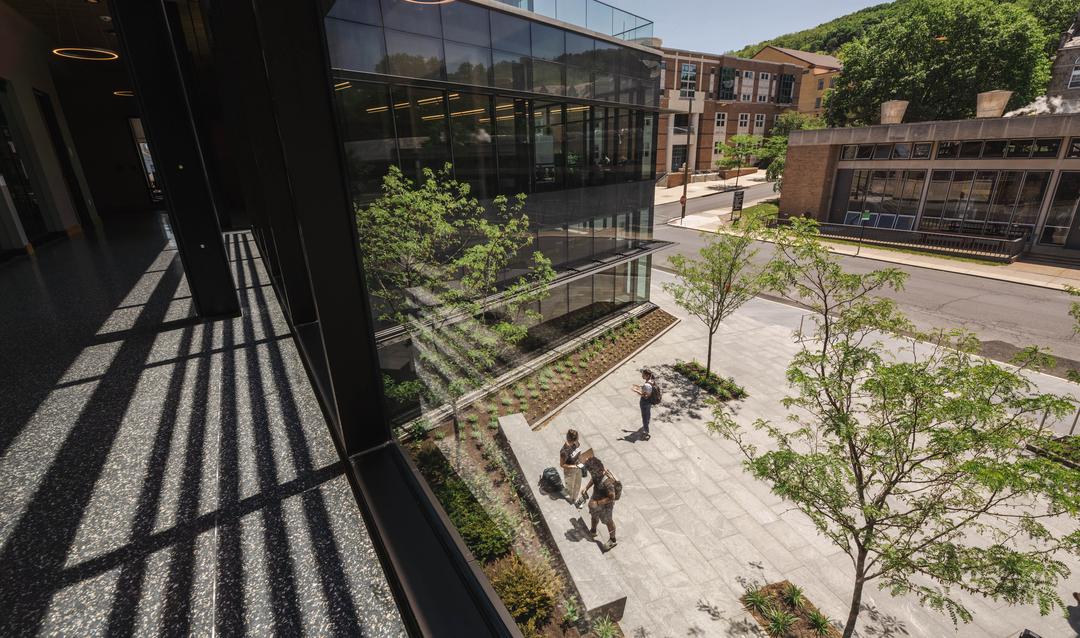In 2023, Lehigh faculty advanced research, from discovering a novel way to capture carbon pollutants, to observing that sand can flow uphill, to providing a methodology for predicting wildfires.
Lehigh researchers also received federal awards to speed up the translation of research to real world application, and to explore how bacteria respond and adapt to changes within their environments, among myriad awards. Here are some of the great research stories of the year.


